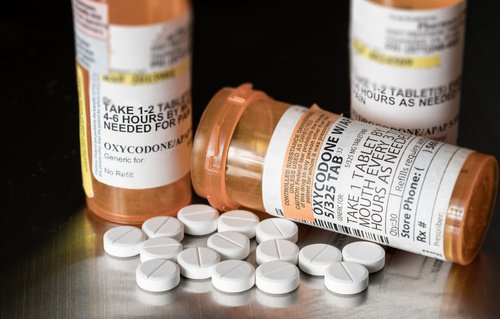Though they’ll need to acquire additional licensure before they can start shipping prescription drugs to customers, Amazon has been licensed as a wholesale pharmacy distributor in 12 states. Regulators in Alabama, Arizona, Connecticut, Idaho, Louisiana, Michigan, New Hampshire, New Jersey, Nevada, North Dakota, Oregon, and Tennessee have all given their blessing. Obviously, this has raised conjecture that the virtual retail giant has big plans to make a name for itself in healthcare delivery. Analysts say …
Read More









